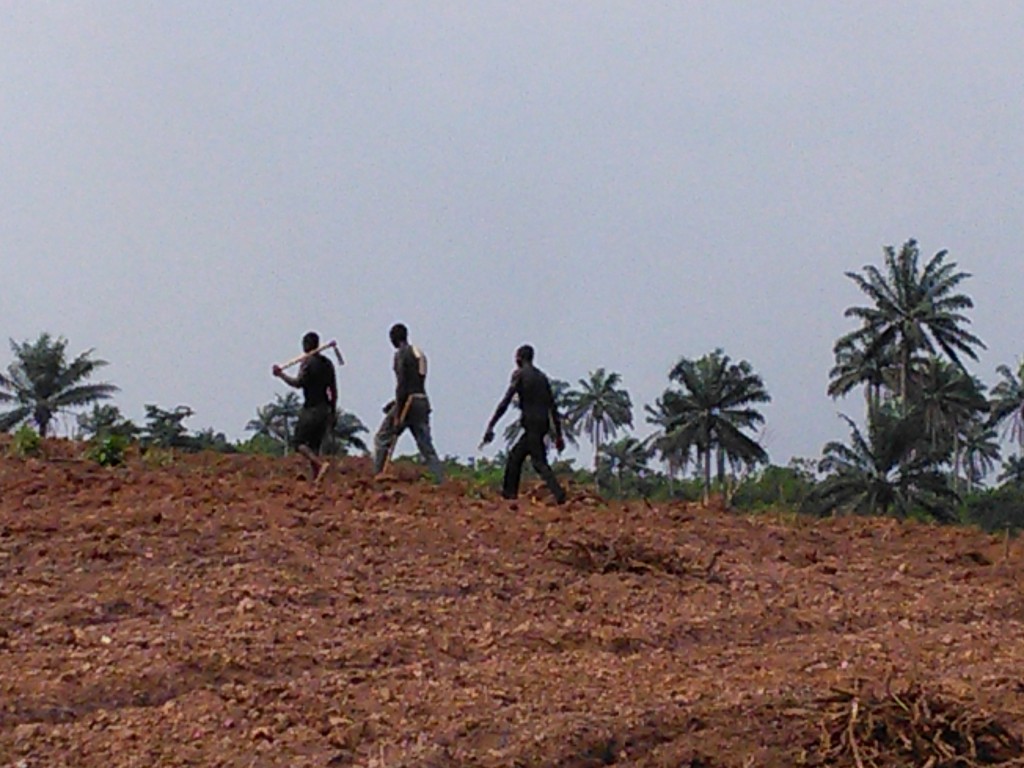The CEO of an important financial institution in Kenya told me once, “If the head of the family isn’t well, then the whole family stops to look at this guy who isn’t well. Now if he isn’t well then the kids are not going to school, and if they aren’t going to school then their economic empowerment is going to be destroyed.” Economic development goes hand-in-hand with social development. Some sectors are strategic in that they can deliver broad economic and social value in addition to financial results.
So what are these strategic sectors?
- Agriculture: you may be amazed that a country like Nigeria where close to 80% of its area is arable land, is an importer of agricultural products. Actually, most sub-Saharan Africa (SSA) countries are importers of agricultural products. The main problem is productivity: most farmers lack basic agricultural inputs and work with outdated technology. However, techniques to increase productivity should not come at any cost: they should be respectful to the environment.

Agriculture: A sector in need of productivity improvement - Power: black outs are not uncommon in SSA. To ensure a constant supply, companies have to invest in their own generators. This increases operational costs, easily adding an extra 40%. The good news is that the climate conditions in the region couldn’t be better for renewable energy generation. This is expected to account for 40 % of the power produced in the region by 2040, up from the current 23 %. The main growth will come from solar, geothermal, and wind power.
- Healthcare: we’re all aware of last year’s Ebola crisis. While dramatic, this is not the most prevalent disease in Africa. Take malaria: even if deaths have fallen by 42% since 2000, close to half million African children under five are still dying of malaria every year. Other important problems in healthcare are the scarcity of diagnosis and treatment equipment, and at times the quality of drugs.
- Finance: lack of access to affordable finance is a main hindrance for private sector investment. The 2014 Economic Development in Africa Report provides some information– even if not fully up-to-date (their data is from 2011), but it’s good enough to give us an idea of the situation. Domestic credit to the private sector in Africa was about 62% of GDP while the world average is 129%, and for low- and middle-income countries it is 75 %. In addition, the costs of finance for investment are very high, with lending rates higher than 20 per cent in some countries.
It’s quite clear that these sectors are full of opportunities, and it’s a responsibility to take them on. Besides financial results, these investments will contribute to improving the living conditions of Africans. As suggested in the opening comment, in turn social development will help improving productivity. In this way, a virtuous circle will be closed.
Any other sectors you think are strategic for SSA?


I see the greatest contents on your blog and I absolutely love reading them..
I’m glad to hear that you like it so much! Thank yu, and your comments are welcome.